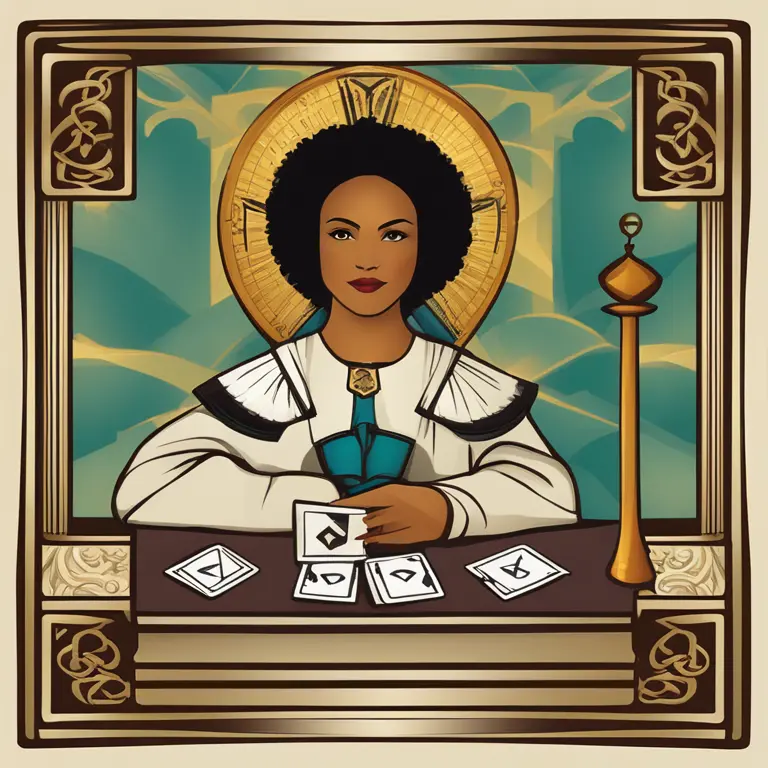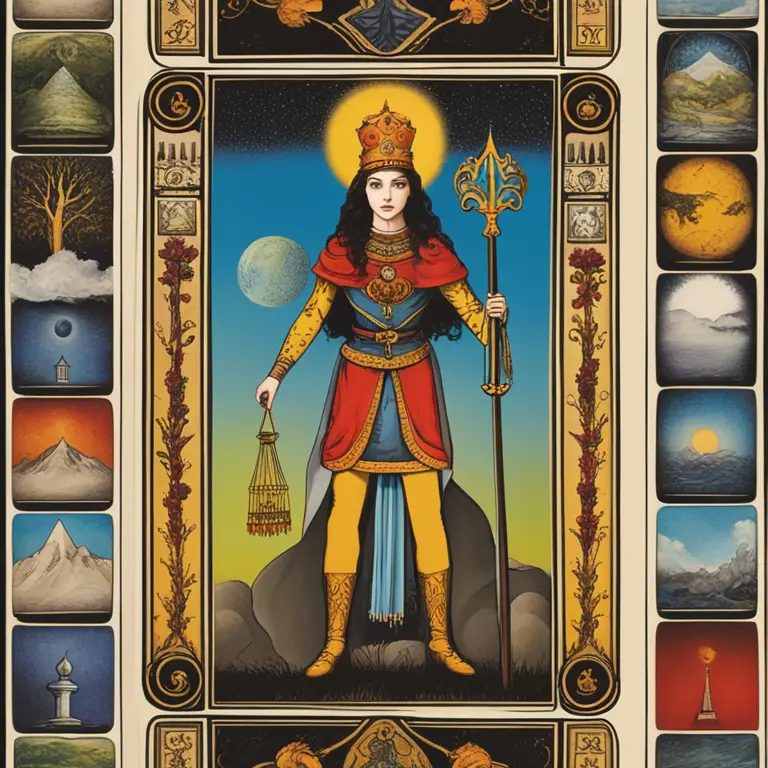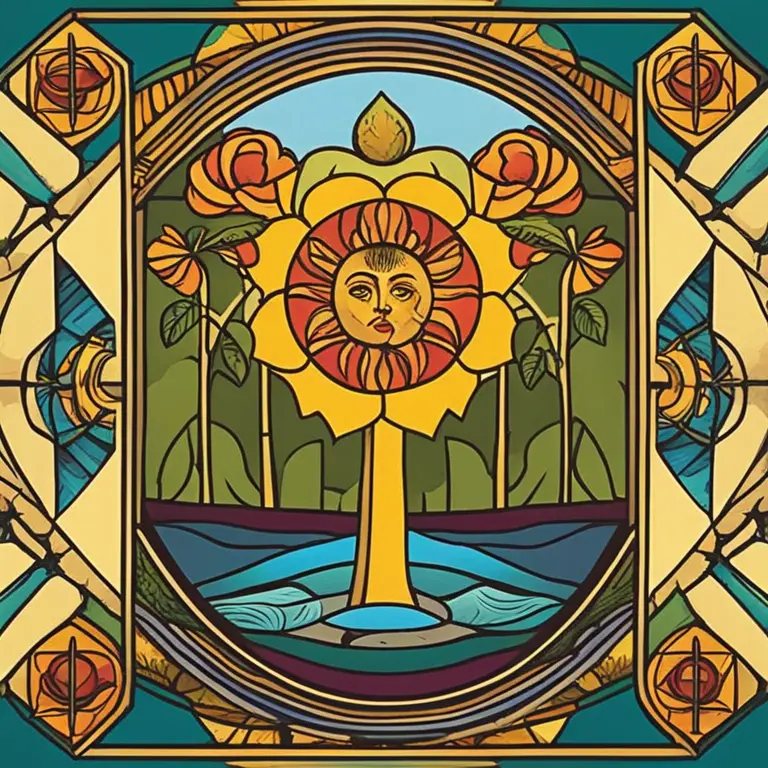
Introduction to Tarot's Validity
While skepticism surrounds many esoteric practices, tarot reading has stood the test of time, resonating with individuals seeking understanding and guidance. A form of divination that often stirs debate, tarot is embraced by many as a legitimate tool for insight and reflection. This ancient practice, rooted in symbolism and intuition, can be a powerful experience for those who engage with it sincerely. In this exploration, we'll delve into how tarot readers interpret the cards and offer meaningful insights that transcend mere chance.

Symbolism and Archetypes
Tarot cards are steeped in rich symbolism, each card acting as a mirror to the human experience. The Major and Minor Arcana represent archetypical elements of life, providing a canvas upon which our stories are projected. Readers who understand these symbols can discern patterns and offer perspectives that might otherwise go unnoticed. As we move through 2024 and beyond, the symbols within tarot correspond to universal experiences, making tarot a relevant and timeless tool.

Personal Growth and Tarot
Contrary to popular belief, tarot isn't just about predicting the future; it's a means of personal exploration. Reflective of life's cyclical nature, tarot can illuminate pathways to growth and self-awareness. As practitioners interpret the cards, they combine intuition and knowledge to provide counsel that can aid one's personal journey. In this way, the reality of tarot lies not in its ability to foresee, but in empowering individuals with a deeper understanding of themselves and their circumstances.

Connecting with Intuition
The practice of tarot reading encourages us to connect with our inner wisdom. Readers assert that the cards act as conduits for our subconscious, revealing insights that are often veiled by the conscious mind. This connection to intuition is what many believe lends tarot its power and validity. As we navigate the energies of 2024, tapping into our intuition is more crucial than ever, providing clarity amidst a constantly evolving world.
Therapeutic Tarot
Tarot can also be utilized as a therapeutic tool. Therapists and counselors sometimes incorporate tarot readings into their practice, using the cards as a means to facilitate discussion and uncover underlying issues. This therapeutic use of tarot spotlights the cards' ability to aid in mental and emotional healing, further proving their relevance and real-world application.
Collective Unconscious and Tarot
Carl Jung, a prominent psychologist, proposed the idea of the collective unconscious—an array of shared human knowledge and archetypes. Tarot cards are seen by many as a key to unlocking this collective well of wisdom; one that transcends time and space. As we relate the cards' imagery to the archetypes within the collective unconscious, tarot readings gain a dimension that is profoundly personal and universally connected.
A Practice Grounded in History
The historical roots of tarot stretch back to 15th-century Europe, evolving over time to the spiritual practice it is today. The preservation and adaptation of tarot through centuries underscore its significance and staying power. As we embrace new trends in spirituality for 2024, tarot remains an enduring and cherished instrument for seekers of truth and guidance.
Published: 1/17/2024
Modified: 1/17/2024
More predictions
Come back here soon to learn more about yourself and your future


Can Tarot Cards Predict Your Love?
Discover the mystical connection between tarot readings and predicting love, from finding soulmates to navigating relationships through the arcane.


The Art of Tarot: Insights from the Cards
Delve into the mystic realm of tarot card reading and discover how this ancient practice can offer insights into your life's journey.


The Tarot Card of Virgo: Mystical Insight
Delve deep into the association between Virgo and its tarot persona, examining the symbolic connections in the tarot universe.